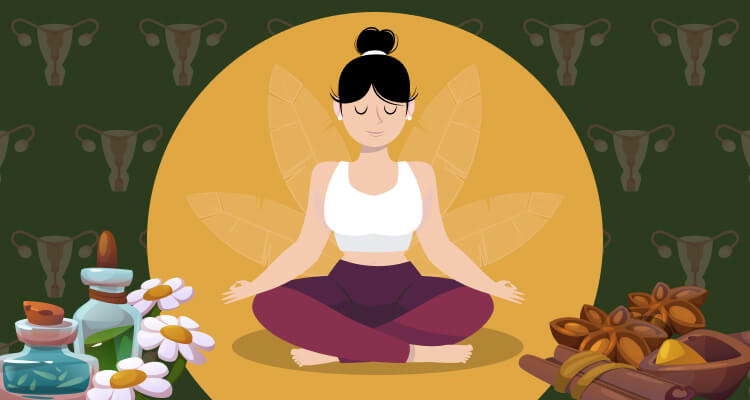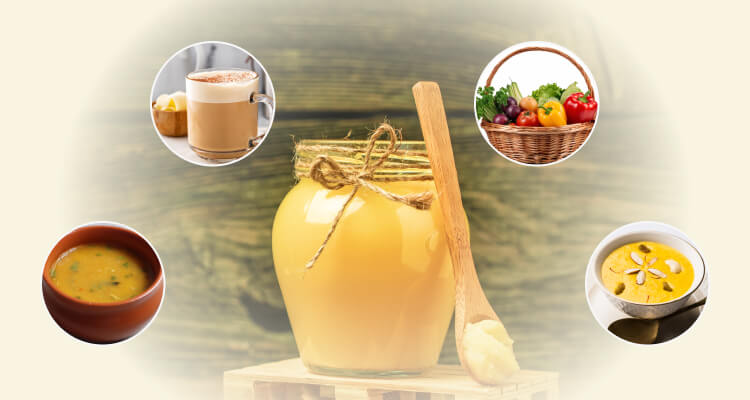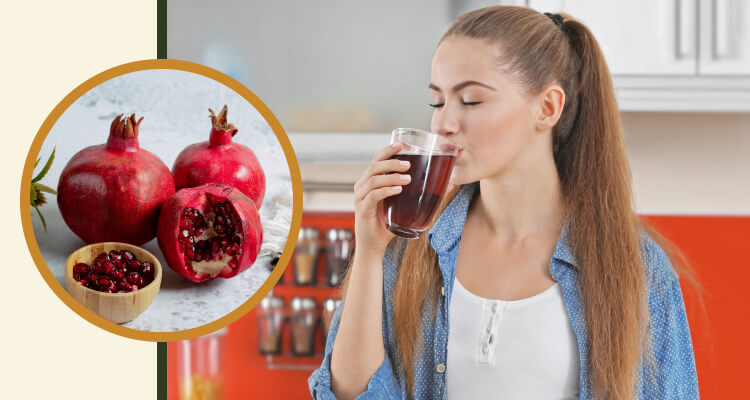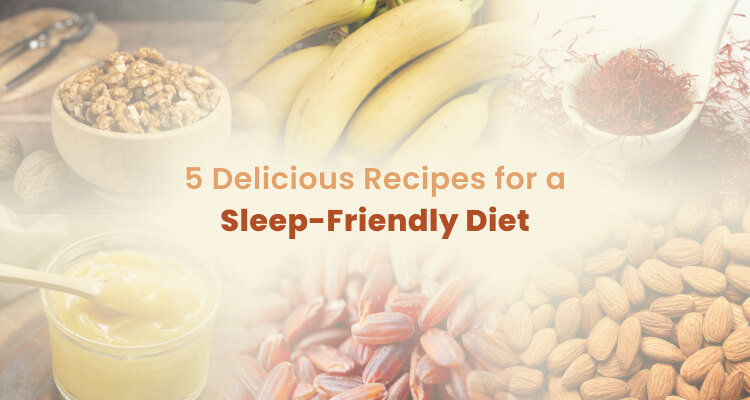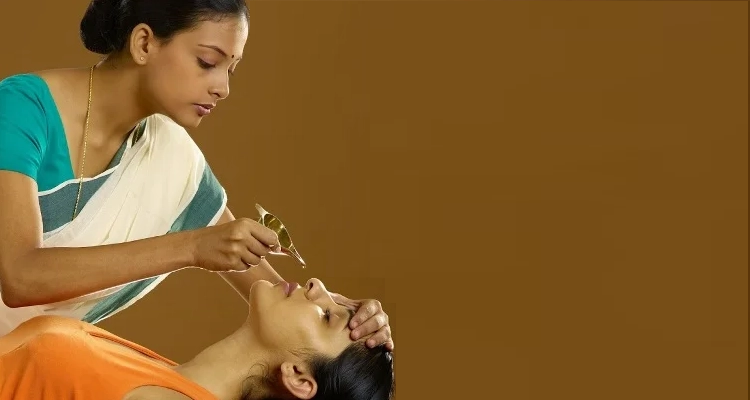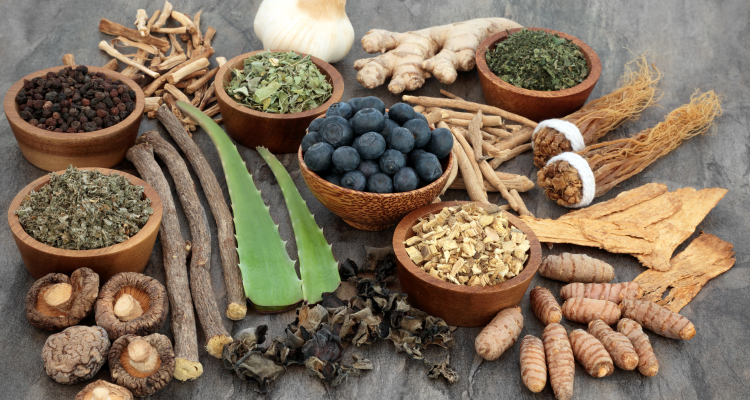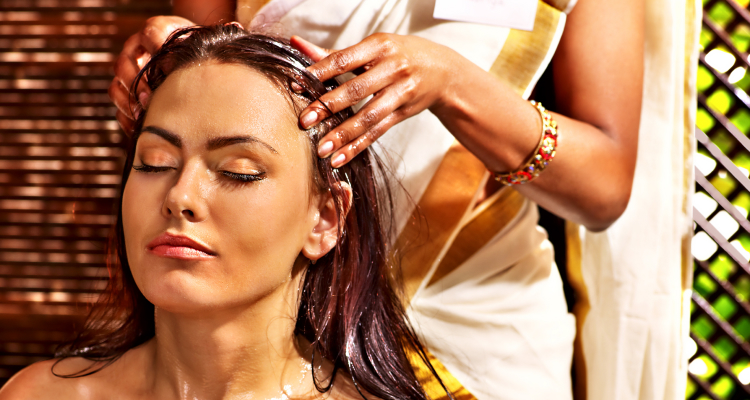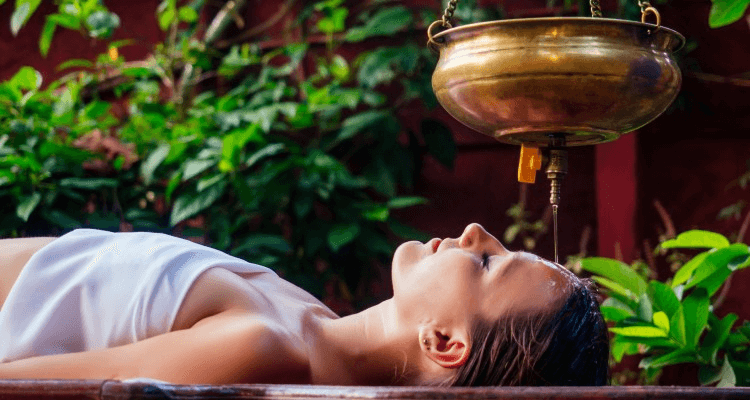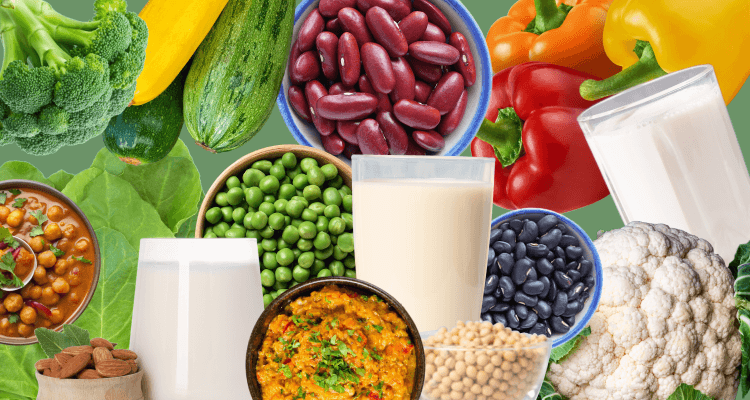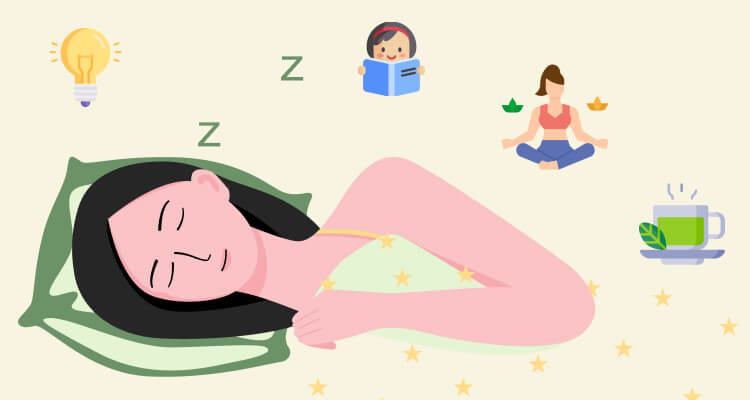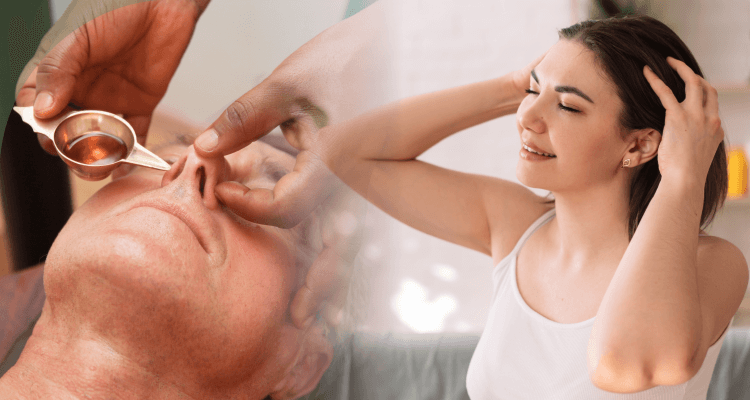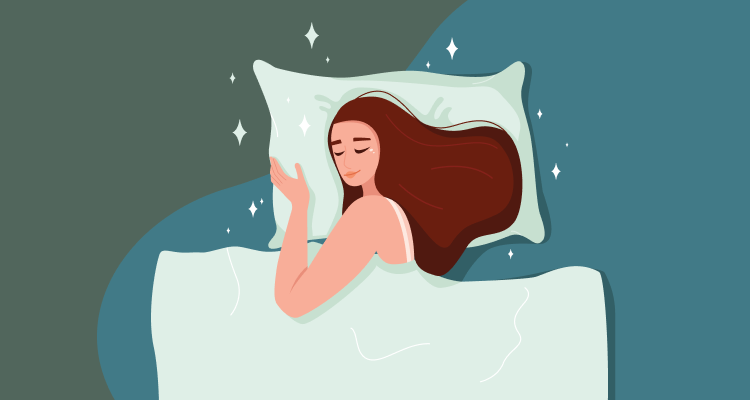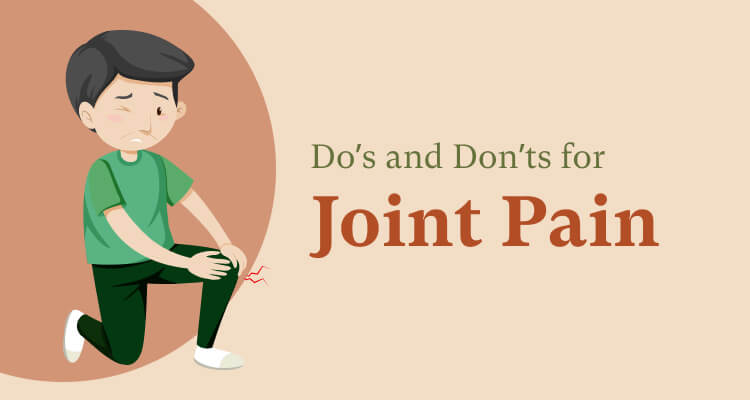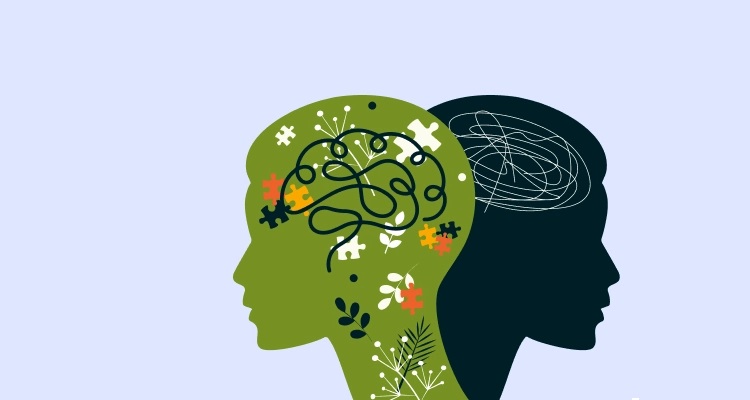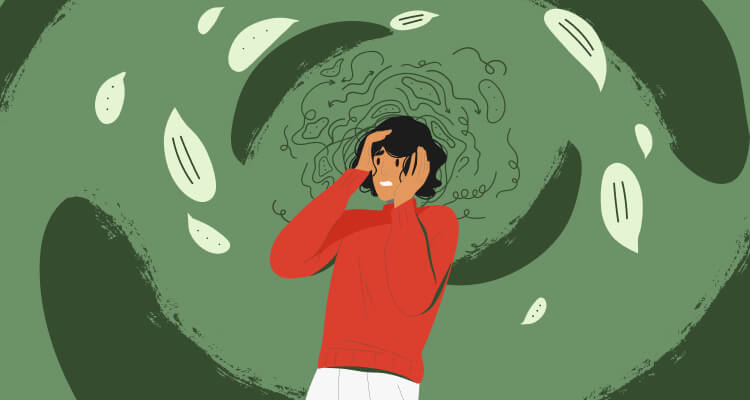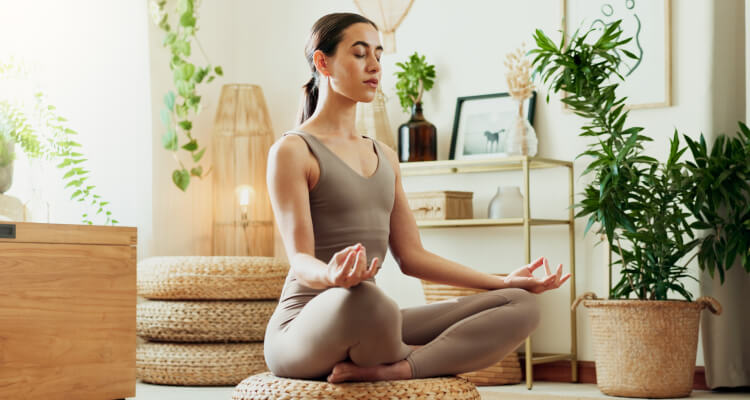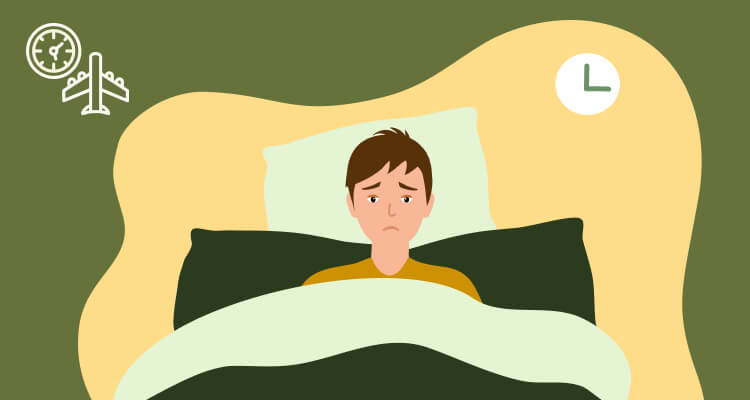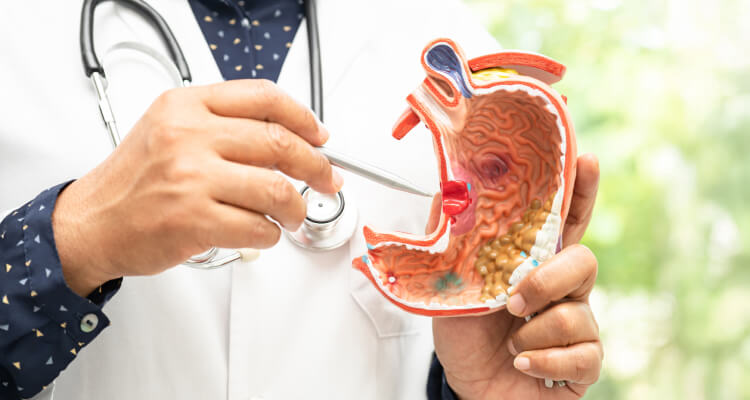Menstrual cramps, or dysmenorrhea, affect up to 90% of menstruating women, with around 10-15% experiencing severe pain that disrupts daily life, work, and social activities. While painkillers (NSAIDs) and hormonal treatments like birth control pills are the first-line treatments, they often come with side effects such as nausea, bloating, mood swings, and long-term hormonal imbalances. It has led many women to explore natural, holistic approaches such as Ayurveda and yoga, which aim to restore balance, improve circulation, and reduce inflammation without side effects.
But how effective are these approaches? Can they truly relieve period pain? Let’s explore the science behind Ayurvedic herbal remedies, Panchakarma, and yoga-based pain relief, backed by research and expert insights.
What Does Ayurveda Say About Menstrual Pain?
Ayurveda, the ancient Indian system of medicine, views menstrual pain as an imbalance in the Vata dosha, which governs movement, circulation, and nerve impulses. Known as Kashtartava in Ayurveda, painful menstruation stems from an imbalance in the body’s doshas.
Vata dosha regulates blood flow and bodily functions, especially in the pelvic area. When Vata is aggravated, it disrupts the natural flow of menstrual blood, causing pain and cramps due to issues with circulation and downward energy flow. Additionally, an excess Pitta dosha can contribute to inflammation, heavy bleeding, increased sensitivity to pain, mood swings, and irritability.
Ayurveda manages dysmenorrhea by restoring balance to the doshas through dietary changes, herbal remedies, Panchakarma therapies, and lifestyle adjustments that reduce aggravated Vata and nourish the reproductive system.
Herbal Remedies for Menstrual Pain
Ayurvedic herbs are often the first line of treatment for painful menstruation. Several herbs possess anti-inflammatory, pain-relieving, and muscle-relaxing properties that can alleviate menstrual cramps and discomfort.

- Aloe vera: It is effective for menstrual pain due to its anti-inflammatory and muscle-relaxant properties. Compounds like anthraquinones and glucomannan in aloe vera help reduce inflammation in the uterus, which is a key factor in menstrual cramps. Additionally, aloe vera provides hydration and can relax muscles, further alleviating pain
- Shatavari (Asparagus racemosus): It is cooling and nourishing, and it supports reproductive health while soothing abdominal discomfort and reducing inflammation.
- Turmeric (Curcuma longa): Its anti-inflammatory properties make it an excellent remedy for reducing uterine inflammation and alleviating menstrual pain.
- Ginger (Zingiber officinale): A powerful anti-inflammatory, ginger helps improve blood circulation and ease abdominal cramps.
- Fenugreek (Trigonella foenum-graecum): Known for its antispasmodic properties, fenugreek helps reduce the intensity of cramps while improving digestion.
Ayurvedic Dietary Recommendations
Diet plays a central role in balancing the doshas, and Ayurveda for menstrual pain recommends a Vata-pacifying diet.

- Warm, cooked meals like soups, stews, and khichdi are ideal for calming Vata. Cold, raw, and processed foods should be avoided as they exacerbate Vata imbalances.
- Spices like turmeric, ginger, and cinnamon help improve circulation and reduce inflammation. Consuming them regularly in meals or teas can offer relief from menstrual cramps.
- Healthy fats such as ghee, sesame oil, and coconut oil are beneficial for nourishing the body and calming the Vata dosha.
- Iron-rich foods like spinach, dates, and raisins can help replenish iron levels lost during menstruation.
Panchakarma Therapies
Panchakarma is an Ayurvedic detoxification process that helps cleanse the body and restore balance. It is highly beneficial for women suffering from menstrual pain, as it removes toxins (ama) that may be contributing to the pain.
- Abhyanga (Oil Massage): Regular warm oil massage helps improve circulation, relieve stress, and calm the nervous system, essential for reducing menstrual pain.
- Swedana (Steam Therapy): Applying heat to the body through steam helps relax muscles, opens the channels, and reduces bloating and discomfort.
- Basti (Medicated Enemas): Basti therapy is particularly effective for Vata-related imbalances, as it cleanses the digestive system and helps restore the health of the reproductive organs.
Yoga: A Natural Ally in Managing Menstrual Pain
Yoga has long been recognized as a powerful tool for promoting physical, emotional, and mental well-being. Specific yoga poses and practices are known to improve circulation, reduce stress, and relieve pain, all of which are beneficial for those suffering from dysmenorrhea.
Yoga Postures for Menstrual Health:
Certain poses target the abdominal and pelvic regions, improving blood flow, releasing tension, and providing relaxation.

Here are a few recommended poses for menstrual pain relief:
- Butterfly Pose (Baddha Konasana): Stretches the inner thighs and pelvic region, improving circulation and reducing stiffness.
- Wide-Angle Seated Forward Bend (Upavistha Konasana): Gently stretches hamstrings and spine, enhancing blood circulation in the lower abdomen and pelvis.
- Garland Pose (Malasana): Opens hips and strengthens the pelvic floor, promoting natural elimination processes and easing bloating.
- Bridge Pose (Setu Bandhasana): Strengthens lower back and gluteal muscles, improving blood circulation in the pelvic region.
- Cat and Cow Stretch (Marjaryasana): Releases tension in the spine, enhancing circulation in the abdominal and pelvic regions.
- Child’s Pose (Balasana): Calms the nervous system and gently stretches the lower back, reducing menstrual cramps.
Breathing Exercises (Pranayama) for Pain Relief:
Breathing exercises play a crucial role in reducing stress and relieving pain by activating the parasympathetic nervous system, which helps induce relaxation. Some specific pranayama techniques that are beneficial for managing menstrual pain include:
-
- Alternate Nostril Breathing (Nadi Shodhana): This technique calms the mind, reduces anxiety, and relieves stress that often intensifies menstrual pain.

-
- Humming Bee Breath (Bhramari): Known for its calming effect on the nervous system, Bhramari helps reduce tension and promote relaxation, easing menstrual cramps.

Meditation and Stress Management:
Stress can worsen menstrual pain, making it important to address emotional and mental well-being. Meditation and mindfulness practices are proven to help lower cortisol (the stress hormone) and promote relaxation.
-
- Body Scan Meditation: This practice involves focusing on different body parts to release tension and promote relaxation, which can alleviate pain.
- Mindful Breathing: Focusing on the breath helps calm the mind and reduce stress, providing relief from painful menstruation.

Integrating Ayurveda, Yoga, and Conventional Medicine for Menstrual Pain: A Holistic Approach
An integrative treatment plan that combines conventional medicine, Ayurveda, and Yoga offers a well-rounded and holistic approach to managing dysmenorrhea. This multi-faceted method works together like a finely-tuned symphony, where each element complements the other, creating harmony and promoting overall well-being.

-
Conventional Medicine: The Foundation of Immediate Relief
Conventional medicine plays a crucial role in addressing acute symptoms of menstrual pain. The use of NSAIDs (e.g., ibuprofen) helps alleviate pain, while hormonal treatments regulate the menstrual cycle, providing immediate relief. Doctors may also recommend lifestyle modifications or physical therapy to manage pain. This approach serves as the foundation, offering quick and effective support when menstrual pain becomes unbearable.
-
Ayurveda: Addressing the Root Causes and Promoting Long-Term Balance
Ayurveda, the ancient system of holistic healing, works by balancing the body’s energies, or doshas—Vata, Pitta, and Kapha. For dysmenorrhea, Vata dosha is typically aggravated, disrupting the smooth flow of menstrual blood and causing cramps and discomfort. Ayurvedic treatments focus on restoring balance through dietary changes, herbal remedies, and therapies like Panchakarma (detoxification). Herbs such as Ashoka and Shatavari play a key role in relieving cramps and promoting reproductive health. Ayurveda functions like the walls of a building, providing structure and addressing the root causes of menstrual pain for long-term relief.
-
Yoga: Building Resilience and Enhancing Mind-Body Connection
Yoga complements both conventional medicine and Ayurveda by addressing the mind-body connection. It is effective in reducing stress, which can exacerbate menstrual pain. Specific asanas (like Supta Baddha Konasana, and Balasana) can alleviate muscle tension in the pelvic region, improve circulation, and promote relaxation. Yoga also incorporates breathwork and mindfulness, which enhance emotional resilience and shift the perception of pain. It serves as the roof of the building, offering a protective and soothing layer, and providing mental and emotional relief.
Creating Balance Through Integration
When combined, conventional medicine, Ayurveda, and Yoga form a comprehensive care plan. Conventional treatments manage immediate pain, Ayurveda restores long-term balance by addressing the root causes, and Yoga enhances overall resilience, reducing stress and promoting well-being.
Rather than focusing solely on symptom relief, this integrative approach promotes overall health. It empowers individuals to take an active role in their care, creating a more balanced, healthier life. Think of it as a well-rounded toolkit—each tool plays a unique role, and when used together, they work in harmony to foster better health and a more balanced life.
At Live Your Best Life, we offer personalized, evidence-based plans tailored to your unique needs. Our approach combines expert-recommended Ayurvedic treatments, Yoga routines, and dietary plans to manage dysmenorrhea. With proven methods backed by science, we provide practical solutions for pain relief, hormonal balance, and overall well-being, setting us apart in holistic care.
Start feeling your best—because you deserve it. Contact us now!

